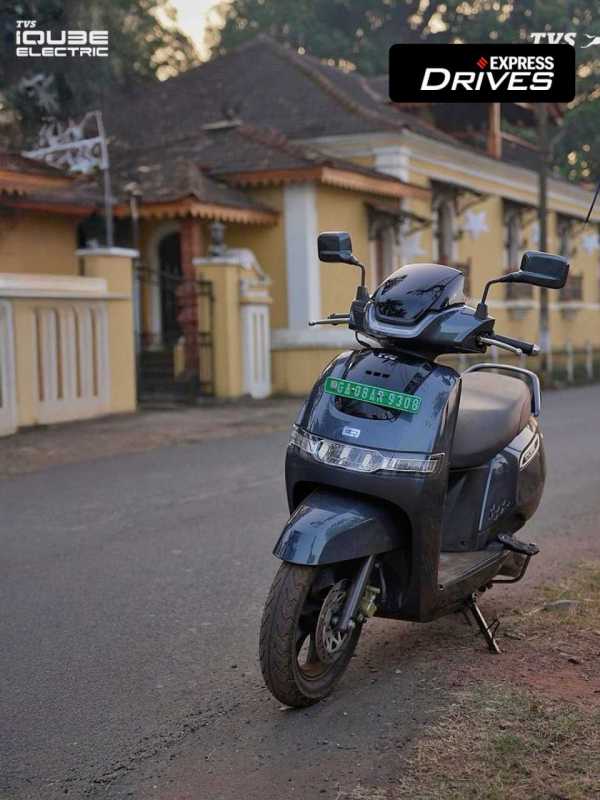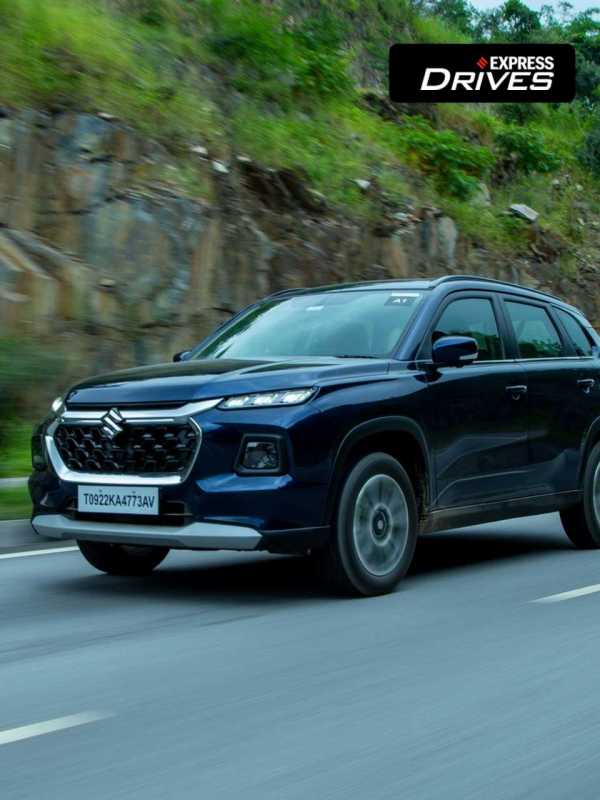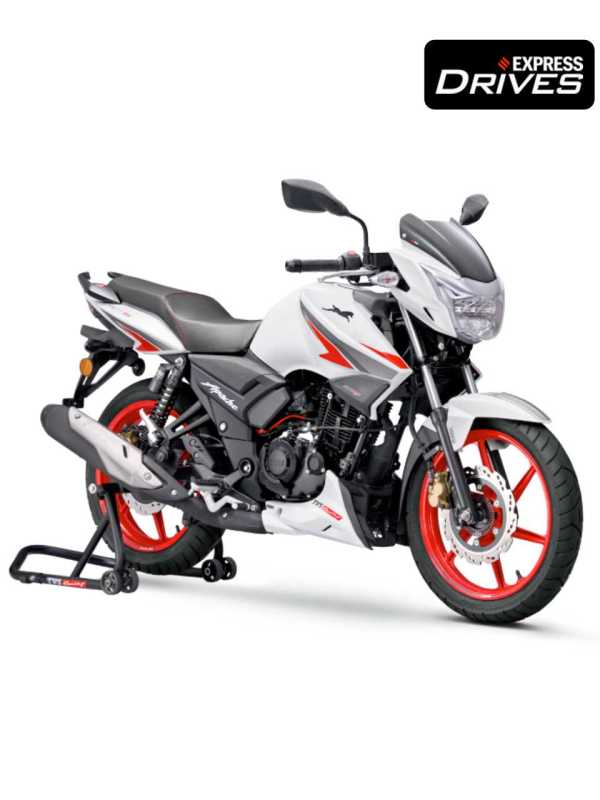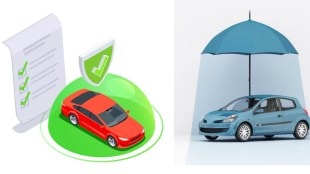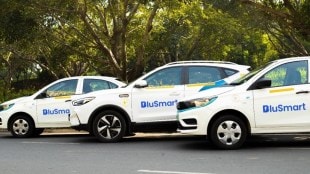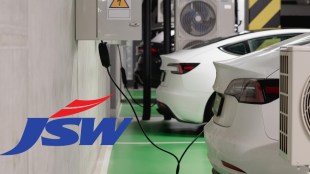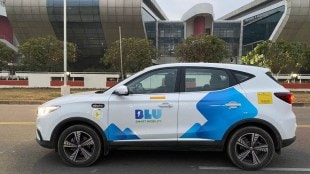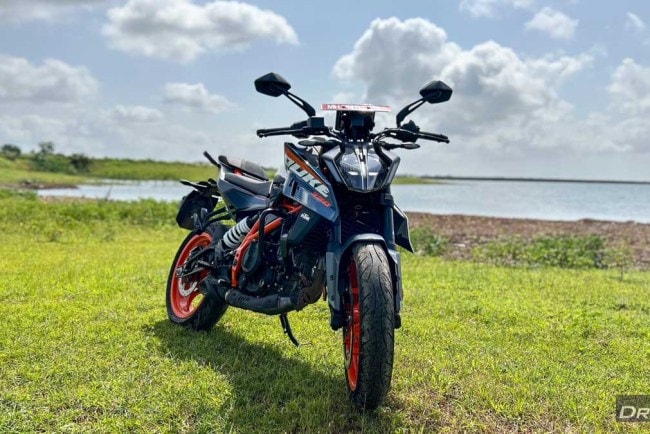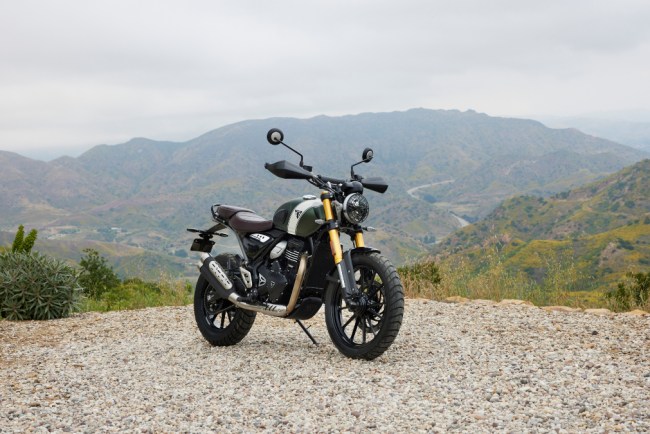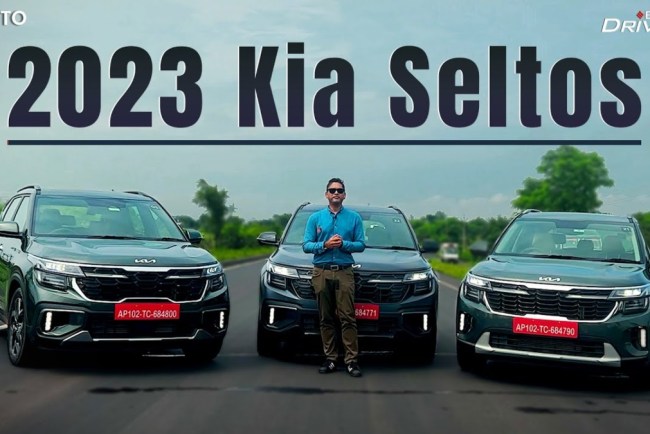By: Akshit Bansal
The worldwide shift towards sustainable energy is gradually permeating every corner of the globe. Spurred by the need to safeguard the environment and planet as well as embrace sustainability, one of the most talked about aspects of this transition is the move from fossil-powered vehicles to electric vehicles (EVs). Although driven by the West, Europe, and parts of Asia, many other nations have long caught on and are now taking the lead and serving as shining examples of effective energy transition.
In India, for instance, the move from combustion engines to EVs is being fostered by a determination on the part of the central and regional governments, as well as the ingenuity of private sector players. One thing is certain; the road ahead for Original Equipment Manufacturers (OEMs) will test their resolve, but also catalyze their prominent place in the energy transition journey of India and the rest of the world.
OEMs and the future of automobiles
The EV landscape in India has undergone tremendous evolution in the last decade. With big players dominating the scene and smaller operators also making their mark, the world is set to witness a further influx of EVs on our roads. According to the International Energy Agency (IEA), there were more than 26 million EVs on our roads as of 2022. This suggests a global increase in the manufacture of automobile parts needed to feed the EV market. With the IEA projecting that a third of all vehicles in 2030 will be electric, the task for OEMs is clearly cut out.
The call for renewable energy sources will become even louder in the years to come. Although many skeptics peddle controversies about them, there are clear indications that combustion engines will continue to give way to electric vehicles. Thankfully, the EV charging sector is equally experiencing a boost, with players setting up EV infrastructure consistently to meet up with demand. As an example, India now has more than 70,000 EV charging stations across the country, ensuring that EV owners enjoy unhindered drive time.
India’s EV journey is one of the most impressive across the globe. In 2013, there were just over 2,650 EVs registered in the country. As of 2022, India had registered upwards of 8 lakh EVs, as per Forbes India reports. The Faster Adoption and Manufacturing of Electric Vehicles (FAME) introduced by the government was a major boost for the sector, as it pulled more players and investors into the sector.
Why EVs are the rave of today and the future
There are numerous factors driving the surge in EV numbers. Countries such as the United States might even witness EVs constituting half of all vehicles by 2030. India is also quickly catching up with the trend and is poised for further growth in the future. But what accounts for the rising popularity of EVs among car enthusiasts? To begin, EVs provide superior ride quality due to the absence of engine vibration, resulting in exceptionally smooth movement. Additionally, they offer swifter acceleration and deliver an overall enhanced driving experience.
Another advantage is the low maintenance required for EVs. Due to the absence of combustion engines and their associated components, EVs may only need occasional electrical repairs and battery part replacements, which typically occur over an average of 8 years. Moreover, it proves to be more cost-effective as there’s often no necessity to replace the entire battery, only the faulty cells. Furthermore, the constant concern of driving in wet or cold conditions is somewhat alleviated by electric vehicles, making it a safer and less risky option.
Finally, the environmental repercussions of fossil fuel combustion engines stand out as a primary driver for the transition. Greenhouse gas emissions, particularly CO2, can lead to severe consequences for both humans and animals, including ozone layer depletion and subsequent global warming. These alarming effects should serve as a strong impetus for Original Equipment Manufacturers (OEMs) to persist in their pursuit of making EVs increasingly prevalent, cost-effective, and user-friendly worldwide.
The author is the CEO & Founder of Statiq.
Disclaimer: The views and opinions expressed in this article are solely those of the original author. These views and opinions do not represent those of The Indian Express Group or its employees.







